In this guide, I’ll briefly explain what matched betting is, how it works, and walk you through making a £15 profit from Coral’s new customer offer, step by step. There’s no rush to complete this guide, and I recommend taking the time to fully understand each part. Once complete, you’ll be able to apply the same process to any similar offer and make a profit no matter the outcome, so it’s well worth the rewards at the end! Without further ado, let’s get going.
What is matched betting?
Matched betting is the process of covering all outcomes of an event to qualify for free bets and bonuses for next to nothing. Once you have your free bet, you repeat the process to make a fixed profit.
My ‘What is Matched Betting?‘ overview answers some common questions about matched betting if you’re entirely new to the idea. I’ll emphasise now that matched betting is not about taking risks or punts. It’s about using simple maths (no manual calculations needed!) to make a consistent profit from each offer you claim.
A simple example
Let’s consider that a bookmaker is running a promotion where you get a free £10 bet if you place a bet of £10 on any event.
For simplicity, the event I’ll use in this example is a coin toss. There are two possible outcomes, heads or tails, with an equal chance of each happening.
If you place a £10 bet on heads and a £10 bet on tails, you won’t win any money, but you won’t lose any either. The two bets will cancel each other out, but you will have met the requirements to claim your £10 free bet without taking any risks. You can see this illustrated in the table below.
As you can see, if heads wins, you both win and lose £10. If tails wins, you also win and lose £10. Either way, your overall profit is zero, but you will have met the conditions needed to qualify for your free bet (by placing a £10 bet).
Now, you could just place your free bet on anything and hope it wins, but you’d be relying on luck! Matched betting is all about locking in a profit. To do that, you simply repeat the process, covering all outcomes on another event, but this time using your free bet. Take a look at the table below where we place our £10 free bet on heads, then a £5 bet on tails to guarantee a profit no matter the outcome.
How do we know to bet £5? I have a calculator that tells you exactly what stake is needed to return an equal profit no matter the outcome when using a free bet. I’ll explain the calculator in more detail as we show a real-world example later in this guide.
In the example above, we extract 50% of the value of the free bet (£5 profit from a £10 free bet). In real life, we can usually extract 80% of the free bet value. So, if your free bet is worth £10, you’ll make about £8 profit.
Congrats! You’ve just learned the fundamental principle of matched betting!
Events can have more than two outcomes (like a football match being a home win, an away win or a draw). In addition, each result has a different likelihood of happening (your betting odds). The basic principle remains the same, though the amount you stake on each outcome will vary, which is where my Matched Betting Calculator comes into play.
Because most events have more than two possible outcomes, you will make use of something called a ‘betting exchange’. As with regular bookmakers, these allow you to place a bet that something will happen. However, unlike traditional bookmakers, they also allow you to bet that something won’t happen.
For example, you can bet that the home team will win a football match at a bookmaker. A betting exchange lets you bet that the home team won’t win, covering a draw or away win in a single bet. Doing this means you still only need to place two bets to cover all possible outcomes.
Betting exchanges
Many newbies find betting exchanges a stumbling block to learning matched betting, and that’s perfectly natural. Overcome the initial learning curve, and they’re pretty simple. Take your time, and don’t be put off if it’s not clear the first time around.
Betting exchanges are very similar to bookmakers, with one key difference. Instead of betting against a bookmaker, you bet against other people. That’s why it’s called a betting exchange; people are exchanging bets.
Betting exchanges allow users to propose a bet that they want to place. If another user is happy to take that bet, the bet becomes ‘matched’. The second user here effectively plays the role of the bookmaker.
In matched betting speak, the regular bettor has placed a back bet, whereas the user playing the bookmaker has placed a lay bet. You will almost always be on the lay side when using a betting exchange to matched bet. Still, you might occasionally play the role of a back user, so it’s important to understand both sides.
If the back user’s bet wins, the lay user will pay out their winnings, just like a bookmaker. For example, if the back bet was £10 on Man Utd to win at odds of 3/1, and Man Utd did win, the user on the lay side pays the back user £30. In matched betting speak, £30 is the lay user’s liability – the amount they stand to lose should the outcome not go their way.
Betting at a bookmaker, you will always be on the back side of the bet, with the bookmaker naturally playing the role of the bookmaker. When you use the betting exchange, you will almost always be on the lay side, where you play the part of the bookmaker. Doing this allows you to cover all of the outcomes of an event using only two bets, even if there are more than two outcomes.
For example, let’s consider the result of a football match. There are three possible outcomes – a home win, an away win, or a draw. If you back the home team to win at the bookmaker, this covers one outcome.
You can then place a lay bet on the home team at the betting exchange (remember you’re playing the role of the bookmaker on the lay side). You’re effectively betting that the home team won’t win, which covers the draw and away win outcomes.
At this point, you may be wondering how betting exchanges make money if it’s just users betting against each other. Well, the exchange takes a small commission from the user who wins the bet, usually 0-5% of the winnings. We take this small amount into consideration when we work out our stakes.
If you feel you need to go in-depth on betting exchanges, take a look at my ‘What is a Betting Exchange?‘ guide. It covers the fundamentals of betting exchanges and how they’re useful when matched betting. You’re now ready to walk through a real offer, where you’ll see how these basic principles work in the real world.
First offer walkthrough
I’m going to walk you through a new customer offer from Coral. It’s not the largest offer, but it’s a good one to start with. You can make a £15 profit from it no matter the outcome. The amounts you need to stake are small, so it’s great for building up your confidence before tackling larger offers.
Don’t worry if this sounds daunting; I’ll guide you through placing each bet step by step.
1. Open a Smarkets account
Before placing any bets, you’ll need to open a betting exchange account. I’ll use Smarkets in this guide as they’re the best option for both newbies and experienced matched bettors. They’ve got the perfect balance of excellent liquidity, low commission rates and superb user experience.
For new users, they offer 0% commission as a welcome offer, which lets you maximise your profits.
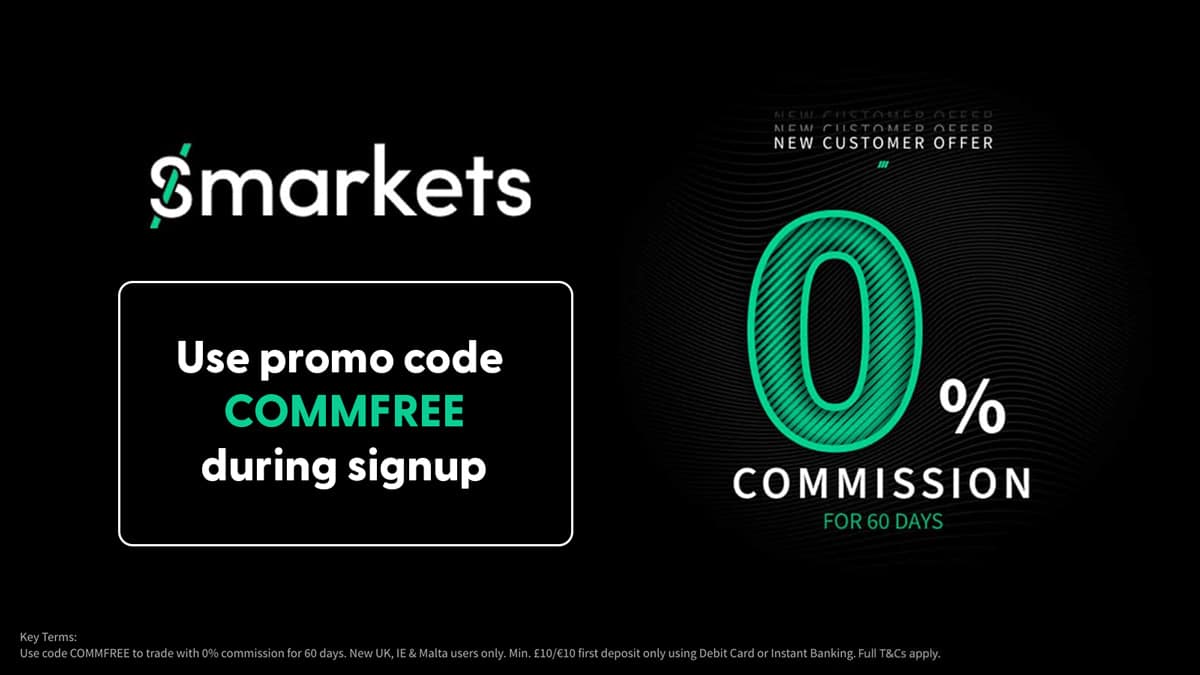
MBB Special: £50 Amazon GIFT CARDS
Every signup via the link below will be entered into a free prize draw to win one of four £50 Amazon gift cards. Winners will be drawn 1st May 2024. T&Cs apply.
Matched Betting Blog receives a small commission when you sign up to Smarkets via the link above. It helps support the site and keeps it free for everyone to learn matched betting.
Sign up using promo code ‘COMMFREE‘ and you’ll pay zero commission on all bets that settle within 60 days of your first deposit. Once the promotional period ends, your account will revert to Smarkets default 2%.
2. Open a Coral account
Coral are offering new customers a £20 free bet when they place a bet of £5.
It may not be the biggest welcome offer, but I advise new matched bettors to start small and work their way up. Once you’ve completed your first couple of offers, your confidence will grow, and so will your bankroll for completing the larger ones.
3. Switch to decimal odds
Switching to decimal odds is essential for comparing odds at a glance.
To work out your returns with decimal odds, you simply multiply your stake by the odds. For example, a £10 stake at odds of 3.50 gives £35 back. Note that £35 includes your initial £10 stake, making a £25 profit. You can learn more about decimal odds in my ‘Betting Odds Explained‘ guide.
Betting exchanges use decimal odds by default, but most bookmakers display traditional fractional odds. You can usually switch to decimal odds via the top of the page, the sidebar, or your account settings.
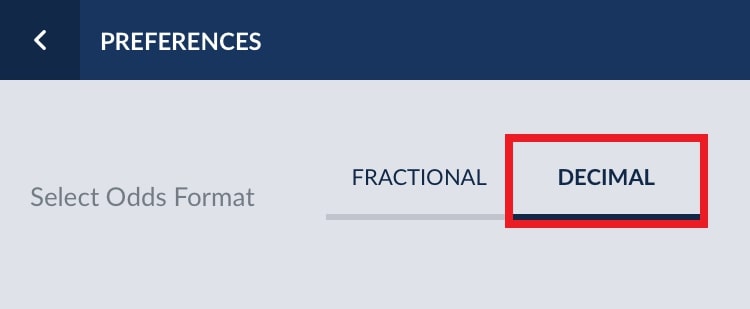

4. Qualifying bet
Now you have your accounts set up, you can claim your offer! The bet you’ll place to qualify for your free bet is commonly known as your ‘qualifying bet’.
The key terms of your Coral welcome offer state that you must deposit a minimum of £5. You can place your qualifying bet on any sport, but you must place it at odds of 1.50 (1/2) or greater. It’s also worth noting that the promotion is not available to new customers depositing funds with Prepaid Cards, Moneybookers, Apple Pay, PayPal, Paysafe, Neteller or Skrill. I recommend always depositing via a debit card.
It’s important to check the terms of each offer for any specific requirements. Every offer I post includes the key requirements you need to meet.
Place your bets on popular events that regular people will be betting on. Doing so will make it easier for you to match your bets. Football matches are usually the best option.
If there are no suitable football matches available (e.g. during the close season), horse racing is the next best option.
It’s best to place qualifying bets at low odds. In the case of your Coral offer, that means above and as close to 1.50 as possible.
It’s also best to look for close odds between your back bet at the bookmaker (Coral) and your lay bet at the betting exchange (Smarkets).
Sticking to both criteria means you can claim your free bet by losing just a few pence overall. If you feel you need to go in-depth on qualifying bets, take a look at my ‘Qualifying Bets Guide‘.
Place your back bet
At the time of writing, I’ve found odds of 1.50 for Arsenal to beat West Ham at Coral, which is your back bet. On Smarkets (your betting exchange), you can lay Arsenal at odds of 1.58. (Remember, laying means you’re taking the role of bookmaker and therefore betting on Arsenal NOT to win).
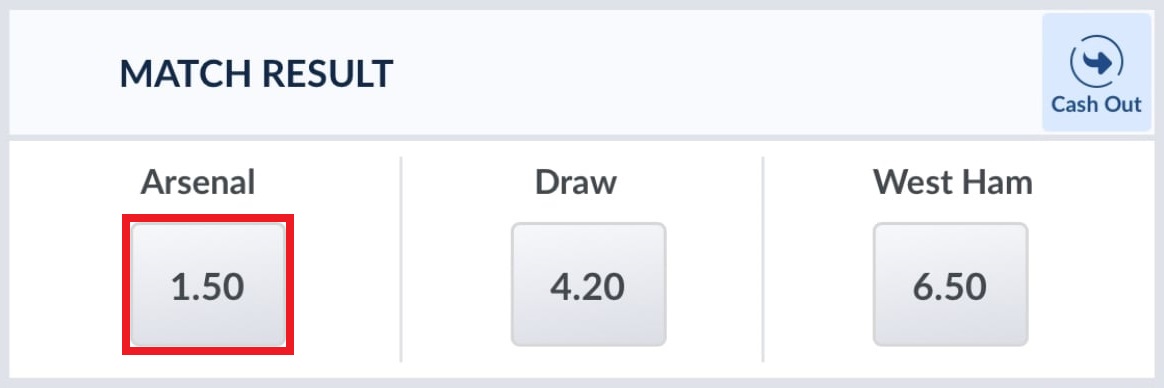

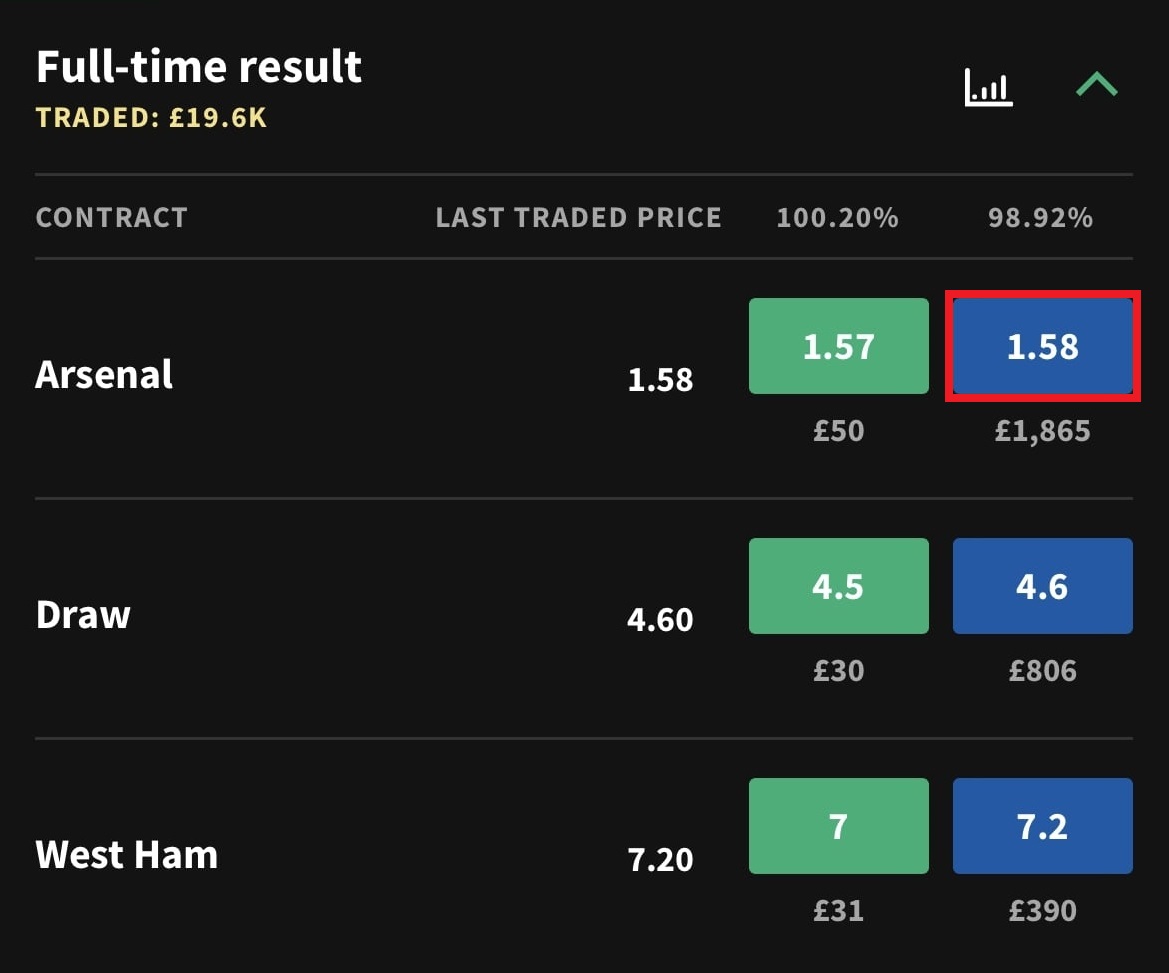

So, you will cover the outcomes as below.
You can now place your qualifying bet at Coral. You know you need to place a bet of £5 to qualify, so you can do that now.
Simply click on the ‘1.50‘ button underneath ‘Arsenal‘, enter your stake of £5 and click ‘Place Bet‘.
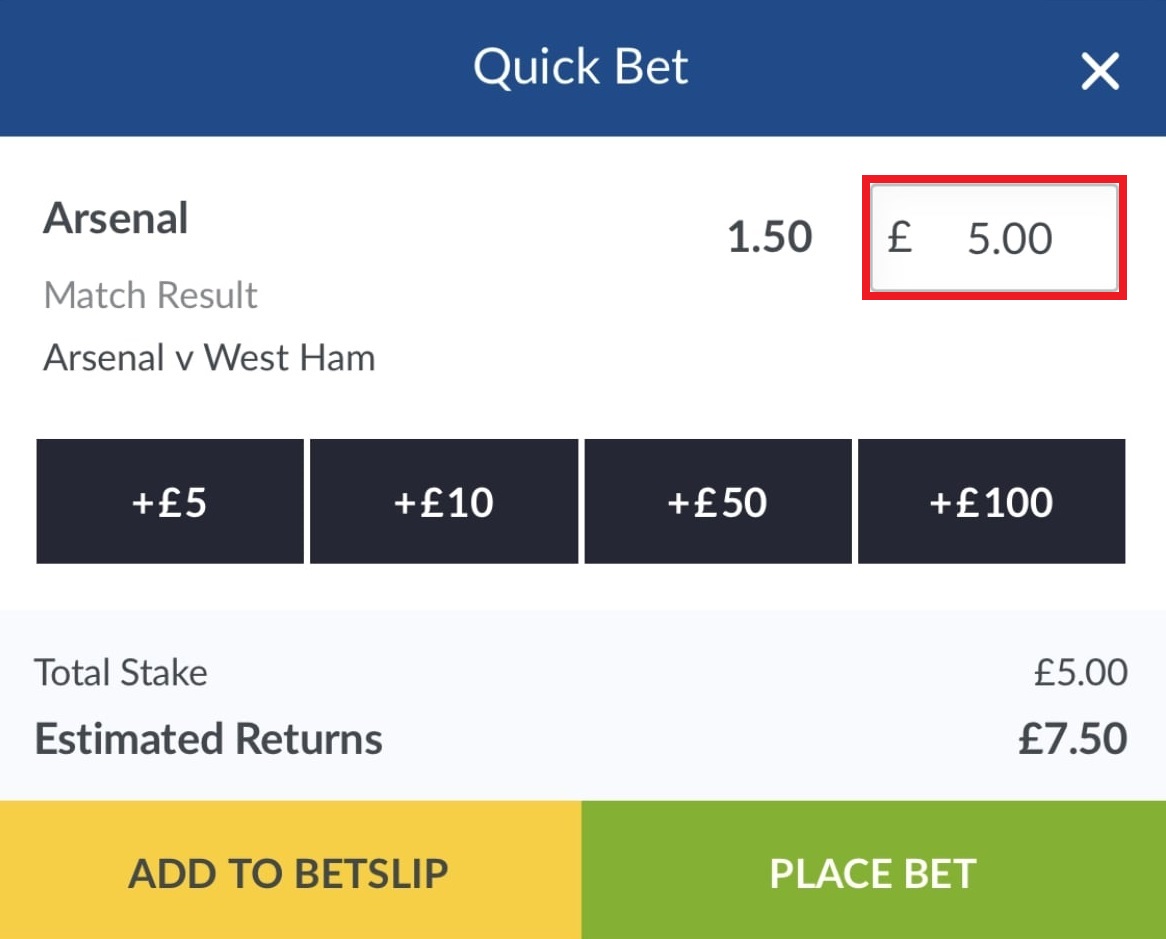

Place your lay bet
You don’t know yet how much you need to stake at Smarkets to even out your bets. That’s where my Matched Betting Calculator comes in!
You simply select the ‘Qualifying Bet’ setting and input the stake and odds from your back bet, plus the odds of your lay bet. The calculator will then tell you how much you need to stake at Smarkets to be as close to breaking even as possible. Based on my Arsenal example, that is a stake of £4.75, resulting in a slight overall loss of 25 pence. You can see the calculator populated with my numbers below.
Now, you can place your lay bet. Click on the ‘1.58‘ lay button at Smarkets and enter your stake of £4.75.
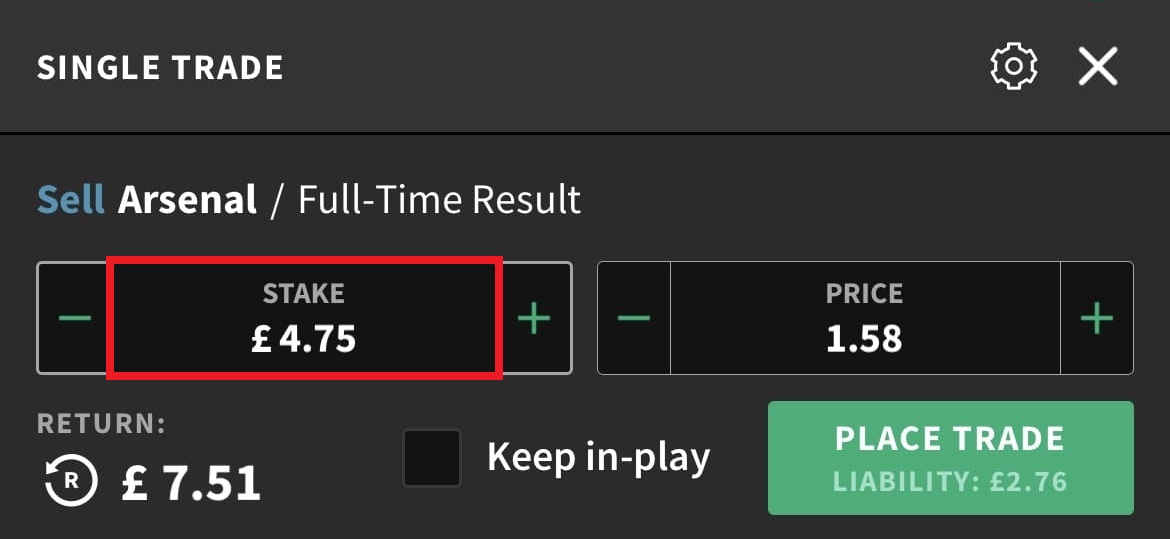

It tells you that your liability is £2.76, and it’s good practice to check this figure against the expected betting exchange loss on the calculator. As you can see, they’re both the same but for a penny (due to rounding), so you know you have entered the correct lay stake.
You’ll need to deposit enough funds into your Smarkets account to cover your £2.76 liability. That’s the amount you stand to lose if Arsenal win. Don’t worry; your winnings at Coral will cover this but for a few pence.
Your Smarkets screen should now update to display your potential profit or loss for each possible outcome.
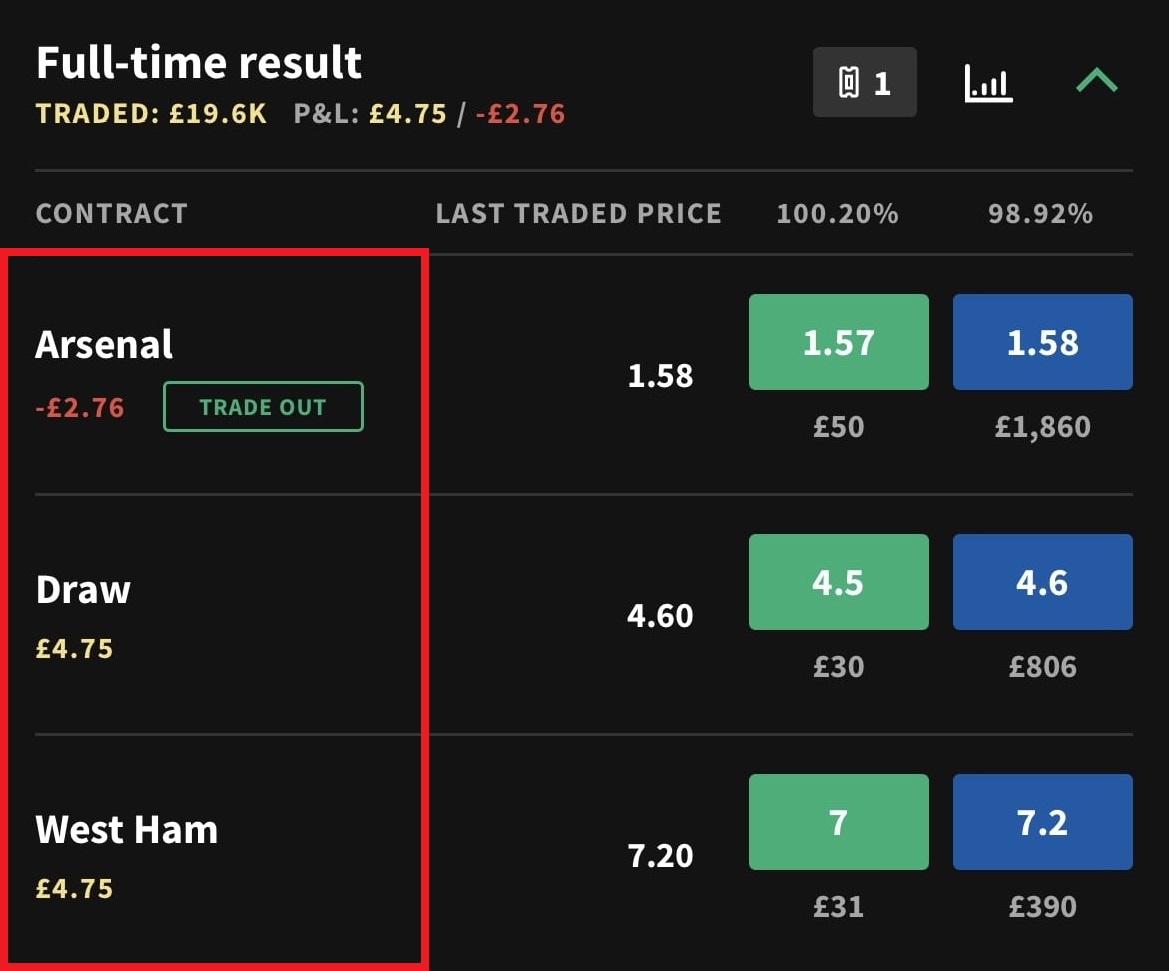
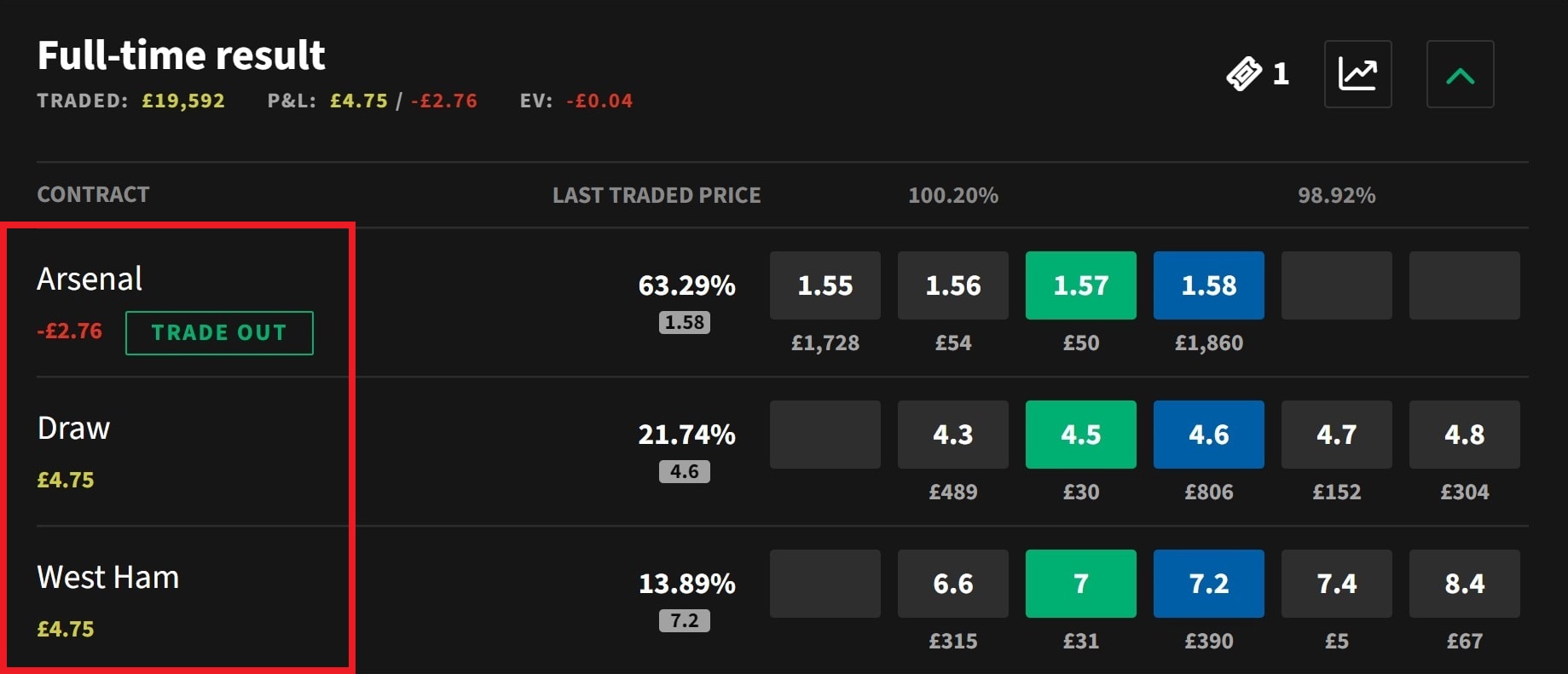
Outcomes
Let’s look at your overall profit/loss for the potential outcomes.
As you can see, regardless of whether Arsenal win, lose or draw, you’ll incur a slight loss of no more than £0.26. However, this loss is worth it as you’ve just qualified for a £20 free bet!
5. Using your free bet
Nice work! You’ve just completed your first matched bet!
Now, you could just place your free bet on anything you like and see if it wins or loses, but you’d be relying on luck! With matched betting, you want to know that you’ll profit from that free bet. How do you do that? You simply repeat the process you’ve just done.
Your £20 free bet at Coral should be credited when you place your qualifying bet. Again, it’s important to check the free bet terms for specific requirements.
As with most free bets, your Coral free bet is ‘stake not returned‘, meaning Coral won’t return your £20 stake to you with any winnings. You only get back what would have been your profit on a standard bet. The free bet is valid for 7 days.
The only real difference in the process this time is that you should place your free bet at high odds to maximise your profit. As always, the closer the back and lay odds, the better. If you feel you need to go in-depth on free bets, take a look at my ‘Free Bets Guide‘.
Place your back bet
At the time of writing, I’ve found the following odds for a Premier League match between Leeds and Man City.
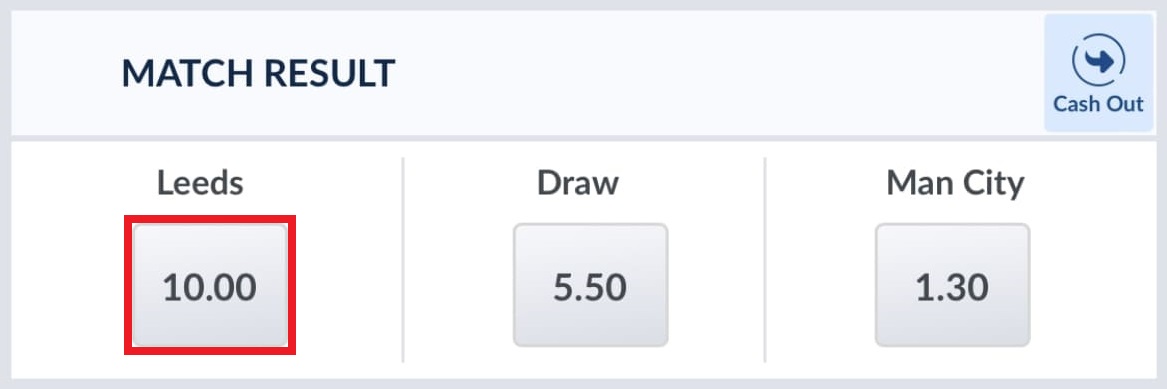


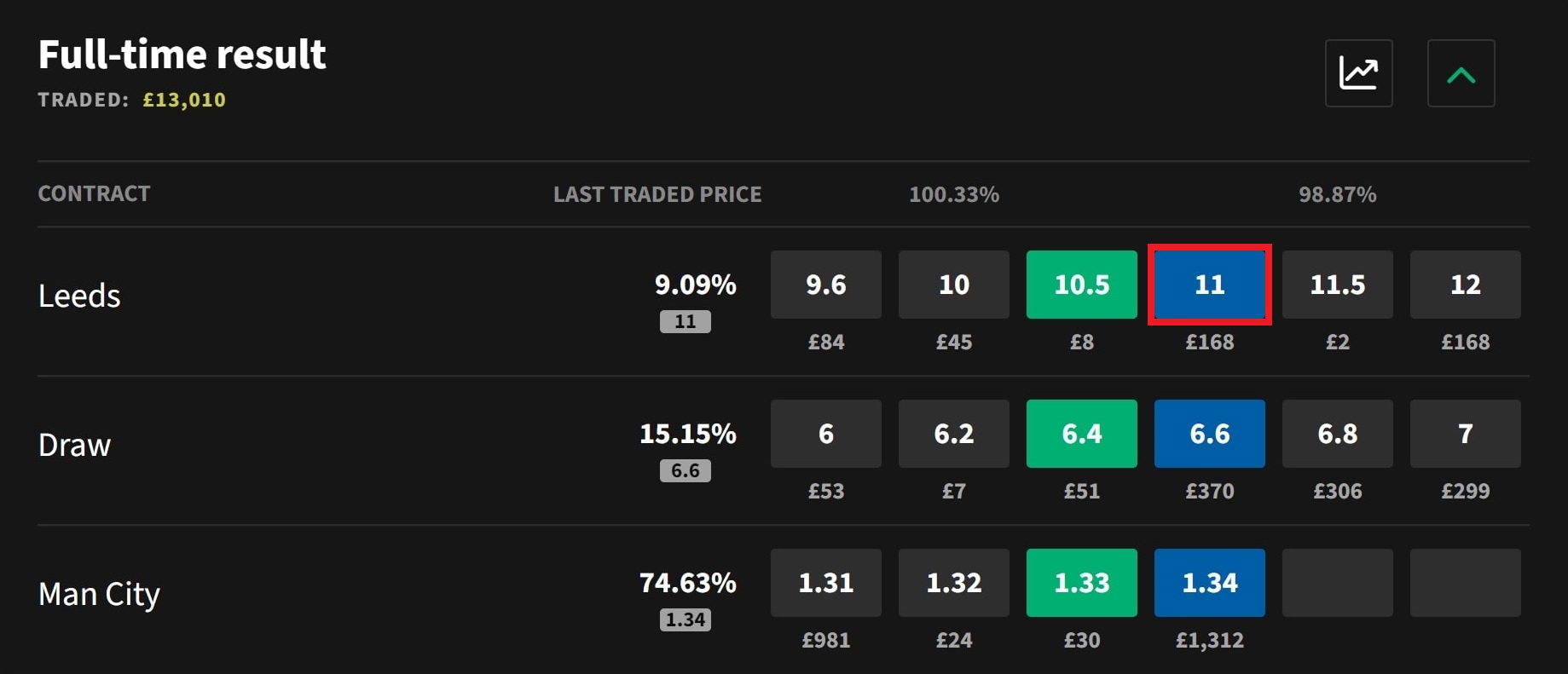
The odds for Leeds are pretty high, and back odds of 10.00 and lay odds of 11.00 are nice and close.
You can go ahead and place your £20 free bet at Coral. You’ll need to select it using the dropdown on your bet slip.
Place your lay bet
Again, you need to calculate how much you need for your lay stake at Smarkets. This time on my Matched Betting Calculator, you select the ‘Free Bet’ setting and input your odds and free bet stake. You can leave the ‘Stake returned’ box unchecked, as Coral will not return your free bet stake with any winnings.
As you can see, the calculator tells you that your lay stake should be £16.36. So, just as before, you click on the ‘11.00‘ lay button at Smarkets and enter your stake of £16.36.
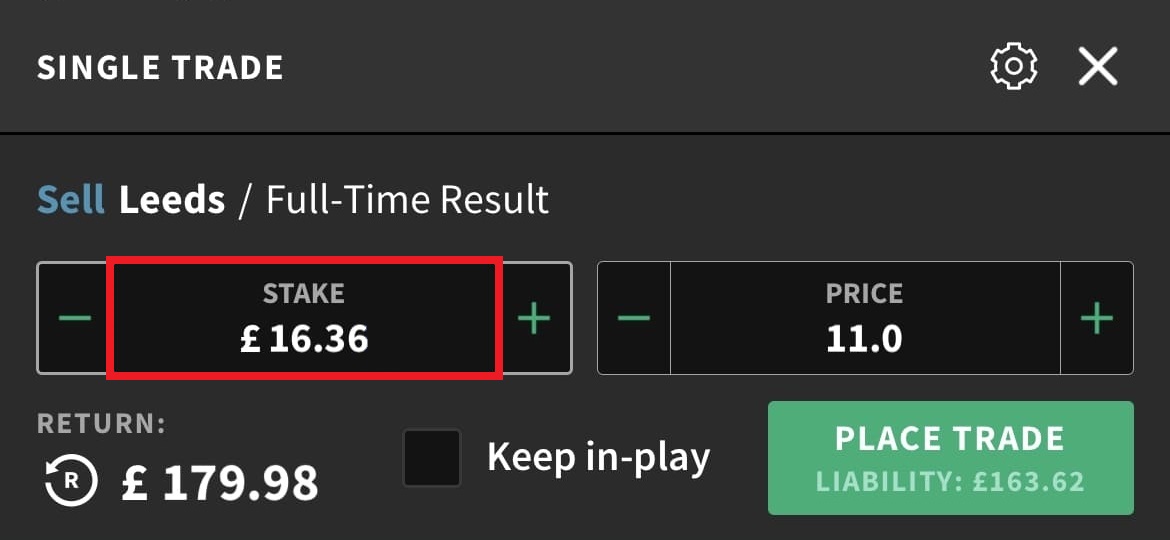

It tells you that your liability on this bet is £163.62. It’s good practice to check this figure against the expected betting exchange loss on the calculator. As you can see, they’re both the same but for a couple of pence (due to rounding), so you know you have entered the correct lay stake.
You’ll need to deposit enough funds into your Smarkets account to cover your £163.62 liability. That’s the amount you stand to lose at Smarkets if Leeds win. Don’t worry; your winnings at Coral will more than cover it. Once done, just as before, you’ll see your potential profit or loss at Smarkets for each possible outcome.
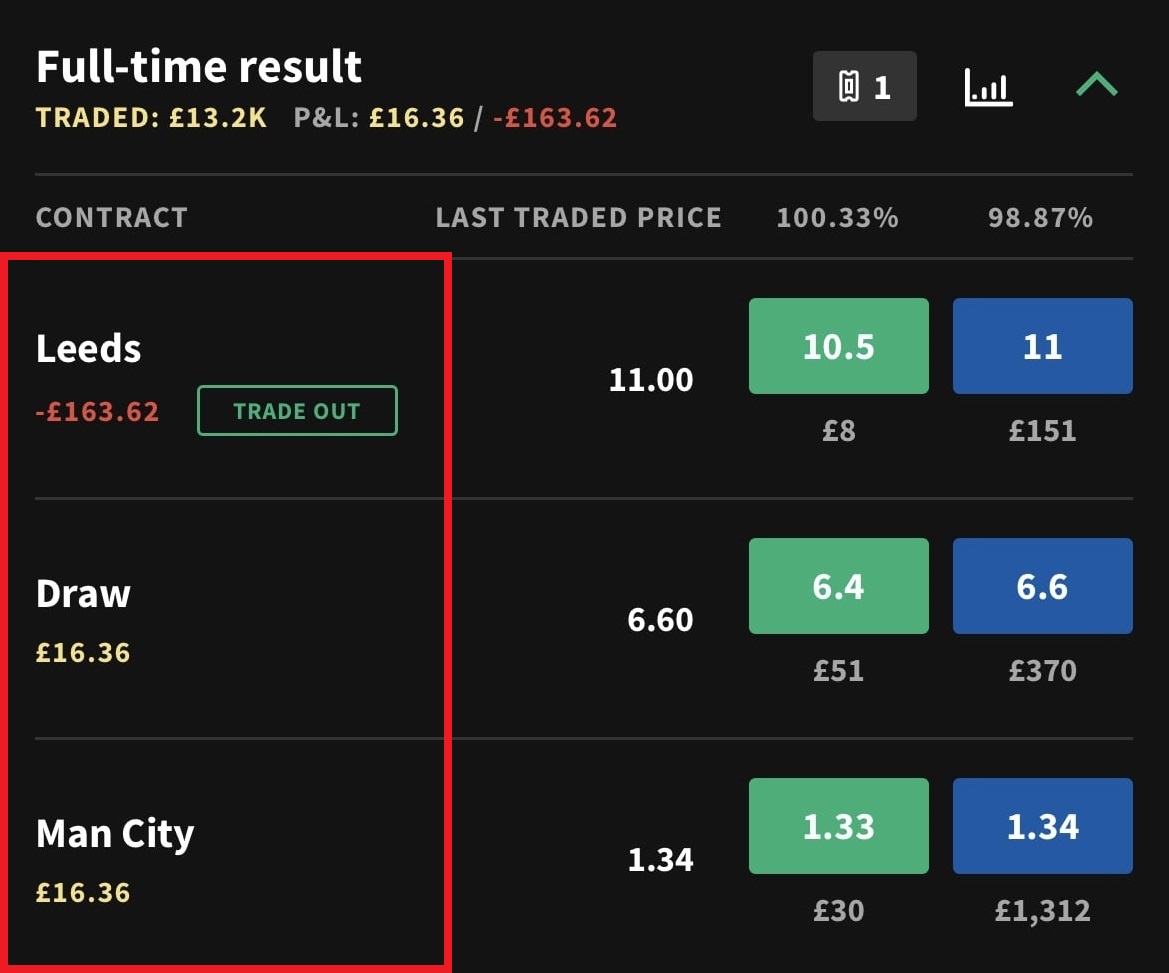
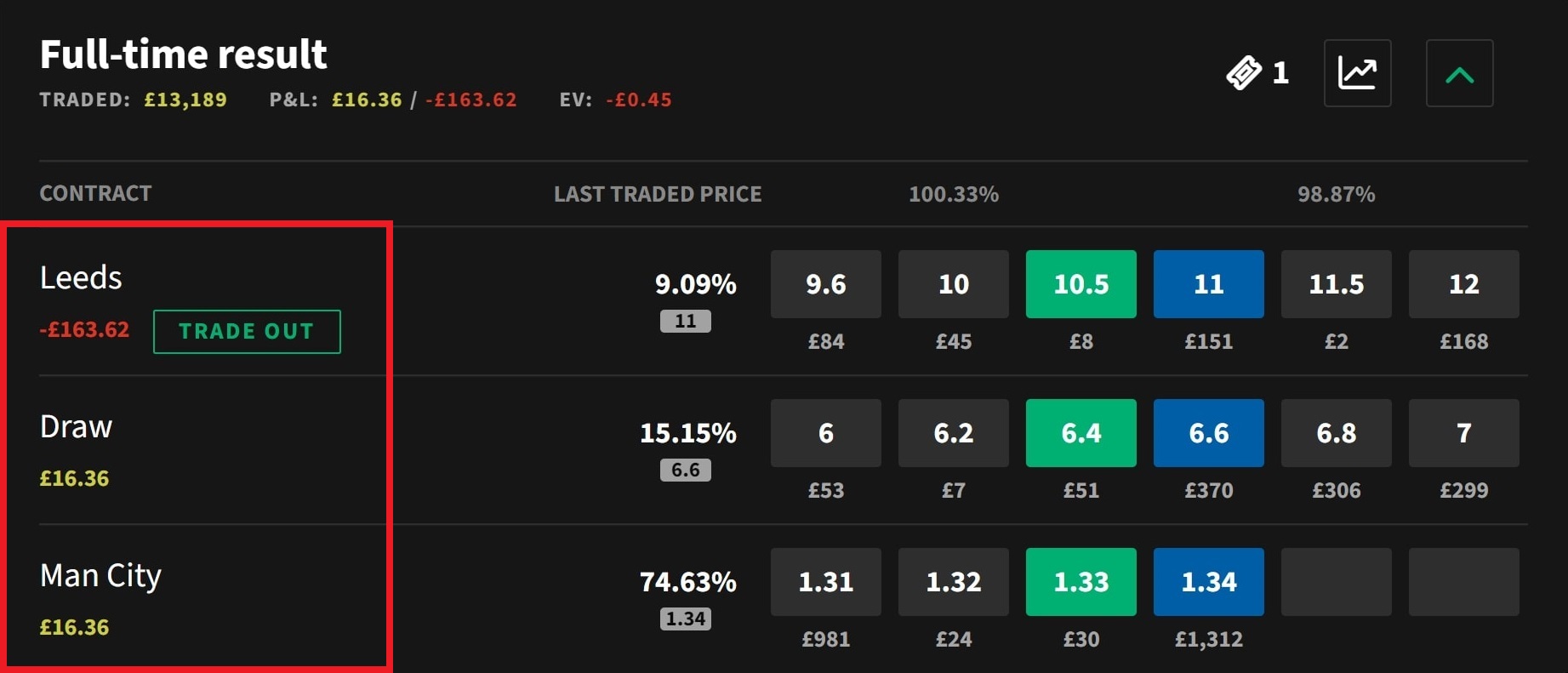
The higher your lay odds, the more funds you’ll need in your Smarkets account to cover your liability. You can reduce your liability by opting for lower odds. It will just mean a slightly smaller profit.
Outcomes
Let’s look at your overall profit/loss for the potential outcomes.
So, regardless of whether Leeds win, lose or draw, you’ll make a minimum of £16.36 cash from your £20 free bet! Since your qualifying loss was no more than £0.26, you’ve made at least £16.10 profit from Coral’s welcome offer.
Summary and next steps
It might seem like a long process, but once you’re into the swing of things, you’ll be able to go from selecting your offer to placing your free bets in no time.
If you need help with anything, hit me in the comments below, and I’ll get back to you as soon as I can (usually within 24 hours).
When you’re ready, it’s time to bag more profits by completing welcome offers from other bookmakers. The process is the same, and I have a detailed walkthrough for each one. Check out my Matched Betting Academy to see which bookmaker you should tackle next. Follow it all the way, and you’ll have made around £600. You’ll also be able to make another £300-£500 monthly from recurring bookmaker offers.
Learn matched betting the free, easy way.
The Matched Betting Academy
- Logically structured to tackle strategies and offers as you’re ready for them.
- Bag profits every step of the way. About £600 from welcome offers, and another £500 monthly.
- Make £15 from your very first offer.
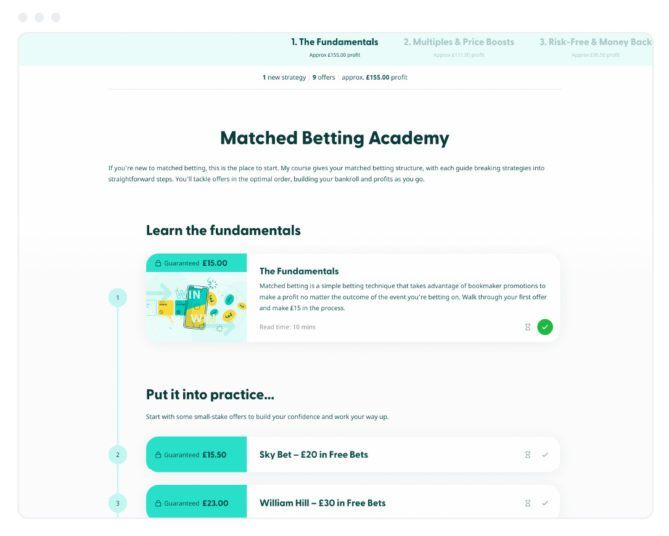


Got a question?
Leave me a comment below…
I usually respond within 24 hours.
Matt Kirman – Matched Betting Blogger
Since 2014, I’ve blogged over £85,000 worth of profit, and made it my mission to make matched betting accessible to everyone.